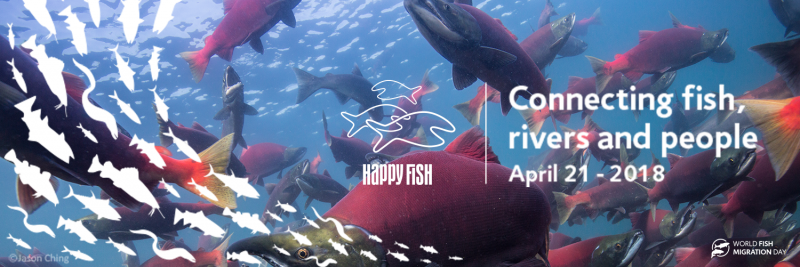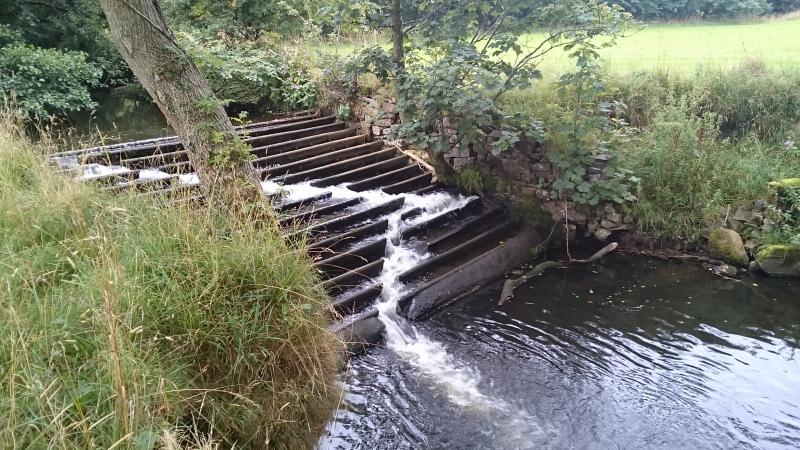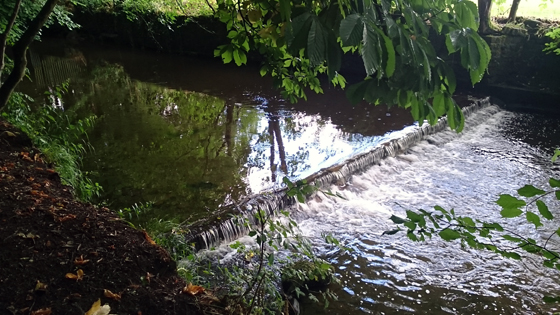On a day-to-day basis, most of my time as WTT Research & Conservation Officer is devoted to river habitats, but in my academic role at the Lancaster Environment Centre, lakes are a long-standing focus of my aquatic ecology research. A Natural Environment Research Council grant allowed a colleague from Cambridge and I to convene a workshop with scientists from Canada, the USA and Sweden, with common interests in how lake food webs may be fuelled by subsidies from the land. The output from that meeting is a recently published synthesis based upon data from ~150 northern lakes. Most of the planet's freshwater lakes and rivers that we associate with various ecosystem services, like fisheries and water supply, are found in the northern hemisphere, a region that is changing rapidly in response to human activity intertwined with shifting climatic trends.
The classical view of lake food webs is that of algae produced via photosynthesis forming the food base for zooplankton (such as water fleas or Daphnia) that is then munched by fish. We do not contest this because algae are typically a very high quality diet, and many lakes contain plentiful algae. However, in lakes that do not contain adequate supplies of such a resource, or during winter when it is less available or completely unavailable, then organic matter from the land, derived from the breakdown of terrestrial plants, can still be used via intermediary bacteria. And this situation is more common than you might imagine.











